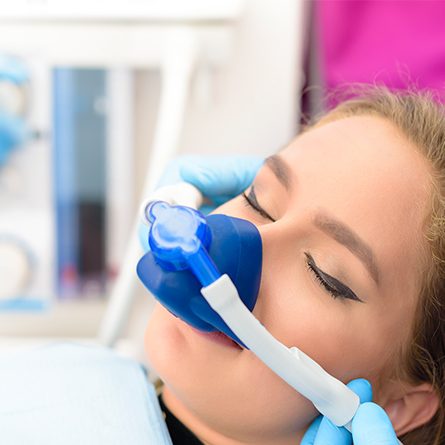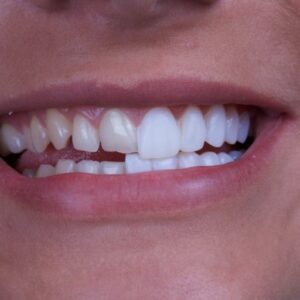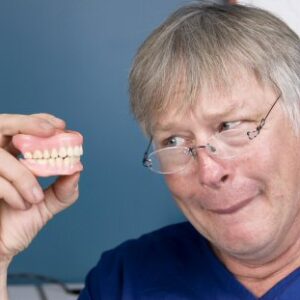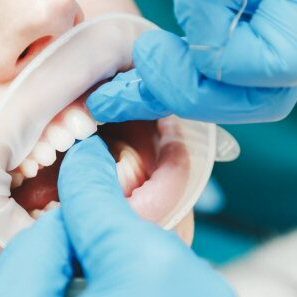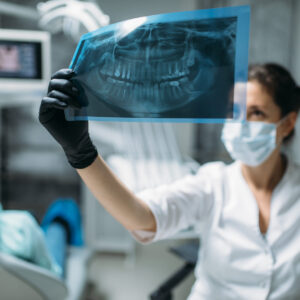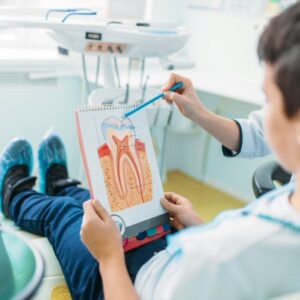Sedation and General Anesthesia for Dental Treatment
It is common and perfectly normal to have some degree of apprehension or anxiety prior to receiving dental treatment. Some people however, have a stronger feeling in this regard than others.
These feelings may have been produced by a less than pleasant past experience, stories told by family or friends or by the nature of the dental procedure itself.
Dental treatment may be especially frighting to young children and patients with developmental disabilities.
This service is beneficial to patients with limited mouth opening, severe gagging reflex, or who are not responding to conventional local anesthesia.
Our Anesthesiologists specialists, accompanied by their highly trained registered nurses, have been performing the procedures safely since we started in 1965. Our general anesthetic facility is equipped with advanced machines and devices for this purpose.

